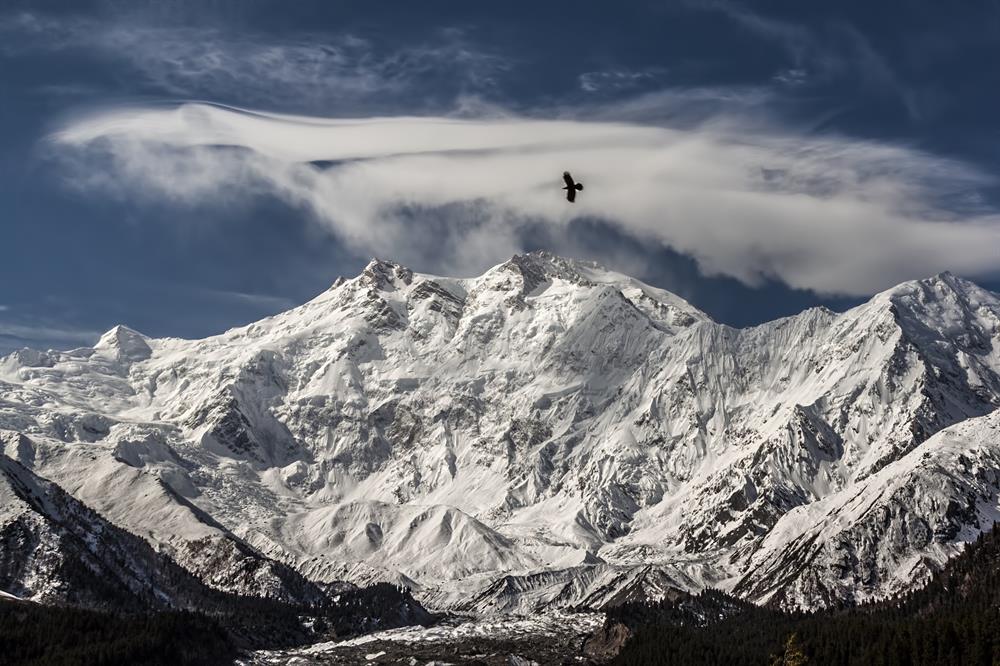
As enchanting as the mountains maybe, they are far from forgiving. Some dangers are external, like avalanches, wildlife, and massive storms, and some are internal, ones you cannot see coming, like altitude sickness, getting lost, and hypothermia.
You must always stand guard while on top of the world if you’d like to make it back down. Below you can learn about the nine most common threats you might encounter where we all love to play, but hopefully, this advice will not have to be used.
1. Acute Mountain Sickness (AMS), High Altitude Cerebral Edema (HACE), and High Altitude Pulmonary Edema (HAPE)

Commonly known as AMS, HACE, and HAPE, these are three conditions related to altitude’s effects on one’s body. All information is from a “Patient Education” paper by Scott Gallagher (Senior Clinical Instructor from University of Colorado Denver School of Medicine) and Peter Hackett (Director of the Institute for Altitude Medicine in Telluride, CO).
AMS
The first condition is Acute Mountain Sickness (AMS). It is common in “approximately 40 to 50 percent of people who live at a low altitude and sleep at an altitude above 10,000 feet (3000 meters), and in approximately 25 percent of those sleeping above 8000 feet (2400 meters).”
Symptoms include headache, nausea, loss of appetite, difficulty sleeping, and lack of energy. There are ways to mitigate effects, but the minor symptoms vanish three days after arriving at altitude.
HACE AND HAPE
The former, High Altitude Cerebral Edema, is swelling of the brain; and the latter, High Altitude Pulmonary Edema, is the accumulation of fluid in the lungs. Neither is to be taken lightly.
These two conditions are especially frightening because they are difficult to predict. There are only a few factors that may roughly indicate whether you are more likely to succumb to HACE and HAPE:
- Have a prior history of high altitude illness.
- Exercise or drink alcohol before adjusting to the change in altitude.
- Ascend rapidly (less than one day to sleeping altitude over 9000 feet, or 2700 meters.)
- Have a medical problem that affects breathing.
- Have not been to altitude in the previous few weeks.
HACE symptoms include exhaustion, drowsiness, confusion, weakness, and difficulty walking straight. The person may be described as generally “acting drunk.” HACE generally happens within one to three days after traveling above 9800 feet (3000 meters).
HAPE symptoms include coughing, shortness of breath, and difficulty walking uphill. Worse cases will develop a pink froth when coughing. Symptoms can be seen two to four days after ascending to altitude.
General treatment rule number one for both cases is to descend immediately, as conditions may worsen with prolonged exposure. Supplemental oxygen can also aid recovery, along with a portable hyperbaric chamber.
2. Avalanche
Avalanches are obviously a big name on this list, for they take the lives of many every year. Over the past ten winters, an average of 42 people have died in North America alone, according to Know Before You Go, a non-profit avalanche awareness program.

Avalanches are not discerning. They will strike skiers, snowshoers, snowmobilers, or anyone or anything that will set them off. And do not think that winter is the only perilous time, as there have been fatal slides recorded in every calendar month.

Prevention begins with education. Get your certifications, take it slowly, and do not take unnecessary risks. You can never learn or prepare enough for being in the backcountry.

3. Lightning
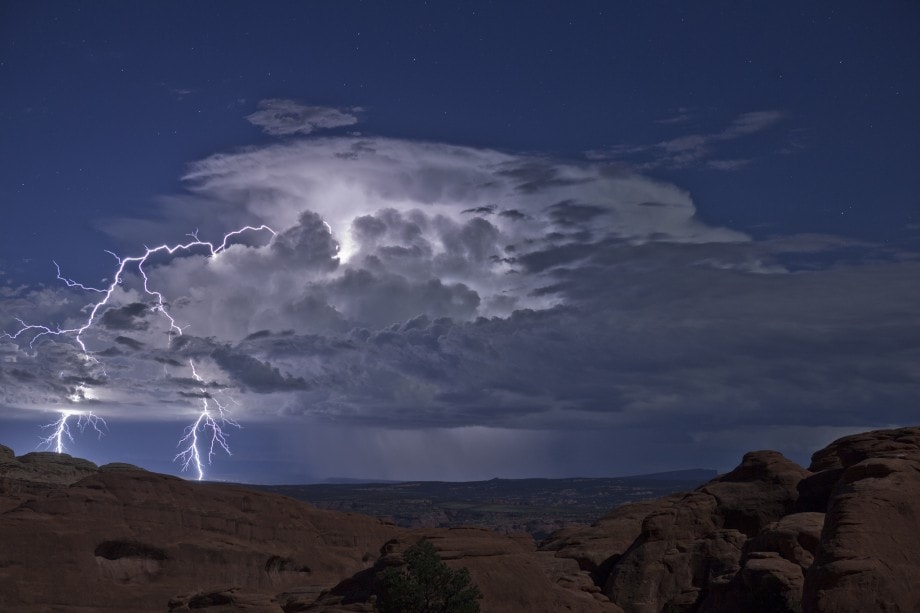
“According to the NWS Storm Data, over the last 30 years (1987-2016) the U.S. has averaged 47 reported lightning fatalities per year. Only about 10% of people who are struck by lightning are killed, leaving 90% with various degrees of disability. More recently, in the last 10 years (2007-2016), the U.S. has averaged 30 lightning fatalities”- National Weather Service
Lightning has an uncountable amount of myths around it. There are actually very specific directions for what to do when a storm is approaching -and number one is always to seek refuge in a closed-off, indoor area. But for the intent of this article, assume you are on a mountain with no immediate shelter nearby. What do you do?
- According to the National Park Service, most fatalities usually occur “on mountain tops, under a lone tree, in flat wide-open areas, and on bodies of water.” So to start, your first advice is to avoid these areas. Next, the general advice is to find a low-lying, dry place away from any tall objects.
- Descend below treeline to a thick stand of small trees.
- Avoid wet areas, crevices, and gullies.
- Stay out of small depressions.
- Stay out of small caves.
- Do not stand under overhanging rocks.
- Stand away from all metals; take metal-framed packs off
- Spread away from companions.
- Stay away from isolated trees.
- Avoid projecting above the surrounding landscape (don’t be the tallest object).
- Go to a valley, canyon—be alert for flash flooding.
Myth: If it’s not raining or there aren’t clouds overhead, you’re safe from lightning.
Fact: Lightning often strikes more than three miles from the center of the thunderstorm, far outside the rain or thunderstorm cloud. “Bolts from the blue” can strike 10-15 miles from the thunderstorm.” –NOAA, Myths about Lightening (I highly recommend giving this a read).
4. Falling
This one is hard to quantify, as it is a broad topic. But the best way to deal with falling is to mitigate your changes for it. A spill in the backcountry––whether hiking, biking, or skiing––can leave you far from help and unable to get back, which is a nightmare scenario.
To avoid costly injuries:
- Be in shape. Fatigue is one of the most common reasons for falling.
- Stay hydrated. Dehydration leads to fatigue, drowsiness, and headache, making you more prone to tumble.
- Stay on the trails. They are there for a reason. Wandering off course could put you into unsafe terrain for rockslides and avalanches.
- But on that note, always pay attention to the trail. Backcountry networks are hard to maintain, so always watch your footfall and where you are headed. Only circumnavigate the trail when truly necessary, like deep snowpack or a giant boulder.
- Lighten your pack. This will keep you nimble, save your energy, and allow you to potentially recover, rather than definitely going down hard with a heavy-ass pack.
5. Landslides (Rockslides)

“On average, 20-50 people are killed each year by landslides in the U.S.”
– READYColorado, Colorado’s official source for homeland security and all-hazards preparedness information
Landslides are naturally occurring yet do an estimated $1-2 billion in damages to manmade structures, year after year. Slides are typically activated by earthquakes, fire, construction, and most commonly rain, whether from a huge storm or a concentrated patch. It is estimated that thousands of slides occur in Colorado annually, though the magnitude fluctuates.
To avoid landslides:
- Be wary of traveling after heavy rains and other severe natural changes, like fire and earthquakes.
- Stay on solid ground, like the trail or grassy areas, rather than wandering off into scree or a rock field, where you cannot see what’s underneath.
- Avoid steep pitches where a slide can likely occur, wet or dry.
- Listen for any unusual sounds that might indicate moving debris, such as trees cracking or boulders knocking together. A trickle flow may precede the much larger event, and many slides can onset rapidly.
- If you are near a stream or channel, be alert for sudden changes in water levels or if the water changes from clear to muddy. Such changes indicate activity upstream, and you should be prepared to move quickly.
- If you do get caught in a slide, curl up in a ball and protect your head.
6. Blizzards

35 mile per hour winds, puking snowfall (not fun with the aforementioned winds), no visibility, and freezing temperatures make for one heck of a time. But the good news is that you can most often predict the inclement weather approaching with all of today’s forecasting measures. But for the intent of this article, you’re still on a mountain and unprepared. Here’s what to do:
- Seek shelter from the storm. Find a place out of the wind and heavy snow, like behind a boulder or in a dense thicket of trees.
- Layer up, and keep yourself dry. A wet cold will suck the heat off of you much more quickly than when you’re dry.
- Cuddle up. To retain body warmth.
- Keep your mouth covered. You can prevent extremely cold air from entering your lungs.
- Don’t overexert yourself, but stay moving. Curling your fingers and toes and doing movements like tapping your legs and waving your arms will do a good deal to help your blood flow and avoid frostbite.
- Watch for avalanches. With all the newly deposited and drifting snow, there will be a high risk for slides.
7. Exposure
Perhaps the most insidious of them all, exposure comes in many forms and often slowly. You’ve been out there for too long, and all sorts of things start happening to your body.
- Dehydration: You’ll cramp, have severe headaches, and your mouth will go dry. Death can ensue after three days. Always carry enough water or a filter kit to avoid this crippling case.
- Hypothermia: Your body temperature nears 95 F (35 C), and your nervous system and vital organs stop functioning at normal rates. This one often subtly gets people caught overnight the summer when they hike in the day’s heat in a t-shirt and shorts, and then dusk temperatures start to decline.
- Frostbite: Not often fatal, but excruciatingly painful when tissues are rewarmed… and most people like their extremities.
- Snow Blindness: A temporary, painful occurrence where you’re corneas are essentially seared… and you won’t be able to see. It can also happen without snow, so always wear protective eyewear at high altitudes.
8. Getting Lost
Due to a monumental flop from the Department of the Interior (they spent $50 million on a database to keep track of law-enforcement affairs on all public lands––and it didn’t work), there are no truly reliable statistics on those who go missing in the wilderness each year. Outside Magazine has a fantastic long-form story all about the lack of information, if you’re interested.
Therefore, it’s hard to know how many people are actually disappearing in the wilderness… but here’s how not to:
- Plan ahead. Tell someone where you plan to be and for how long, so if you don’t return, they can call for help.
- Carry a map and a compass (gasp!). Your iPhone is great because it has both built-in and can track your movements without service, but it has a battery that will die when you need it most. A map and compass weigh almost nothing and won’t give you that daunting black screen of death.
- Keep a satphone or any other item that can beacon your location when you are lost. And charge the batteries, please.
- Keep tabs on your surroundings. Doing this will allow you to make sure you aren’t roaming in circles and allow you to backtrack if you need to.
9. Wildlife

Up high, you have a few big beasts to watch out for. Bears, mountain lions, and moose are all animals that you want to observe from a distance, if at all.
Bears:
“In the 2000s, there have been 27 fatal incidences so far in North America, resulting in 29 deaths. 15 were in Canada, three were in Alaska, two were in Tennessee, and single fatal attacks happened in New York, New Mexico, California, Pennsylvania, Colorado, Utah and Montana. 17 of those attacks were perpetrated by black bears, and 10 by grizzlies.”
Bears are to the mountains as sharks are to the ocean; the fear factor of both being blown out of proportion. Bears kill about three people a year (and sharks are under four), where dogs are at twenty, and lightning is at ninety. Compare those three deaths to the millions of visitors into the backcountry every year, and you have a pretty low number.
But bears are out there, and knowing what to do is critical in keeping these statistics low:
- Remain calm. Do not run. Stand still and talk to the bear in a calm voice
- If you are equipped – arm your pepper spray
- Do not try to get closer to the bear
- If the bear does not get closer to you, slowly back away, talking to the bear in a quiet, monotone voice. Do not scream, turn your back on the bear, run or kneel.
- Watch the bear and wait for it to leave.
- Throw objects, blow a whistle or an air horn. The idea is to persuade the bear to leave. If the bear does not leave or approaches you, yell and wave your arms to make yourself look bigger.
- If you are with others, stay together and act as a group. Make sure the bear has a clear escape route.
- If the bear keeps advancing and is getting close, stand your ground. Use your bear pepper spray (if the bear is within seven meters) or anything else you can find or use to threaten or distract the bear.
- Do not run or climb a tree
Mountain Lions
Mountain lions are regarded as the fiercest predators on this list, but again, the odds of running into one are beyond low. Parks and Wildlife state that there have been less than a dozen fatalities in North America in more than 100-years. But in case you do run into one, here’s what to do:
- Avoid walking alone between dusk and dawn when lions are most active. Keep your children and pets close to you. Never approach or corner a mountain lion (or any wild animal). If you do encounter a mountain lion, STOP. DO NOT RUN. Unlike safety advice for encountering bears, do not act timid or play dead in front of a cat.
- Instead: Maintain eye contact. Stand tall. Look bigger by opening your coat or raising your arms. Slowly wave your arms and speak firmly. Throw items at the lion if necessary. Give the cat room and time to move on.
- In the rare event of an attack, fight back. Most people succeed in driving the mountain lion away.
Moose
Moose are the unlikely culprit on this list, but they are fiercely territorial and protective of their young. Those big antlers don’t look so pretty when they are reared into your ass… So, avoid it by following these tips:
- According to Colorado Parks and Wildlife, dogs are frequently to blame for moose incidents. In 2013, eleven out of thirteen injuries were reported with dogs nearby. So, keep Fido in sight and on a leash.
- If threatened by a moose, stay calm; do not run away. Talk, make your presence known, and slowly back off in the direction you came.
- If a moose does begin to charge, run as fast as you can and try to put a large object between you, such as a boulder, car, or tree
There’s a lot of nasty stuff that can happen in the backcountry, but we all go there for a reason. The risk is just part of the reward. Hopefully, this knowledge will keep you enjoying nature, and most importantly, safe.

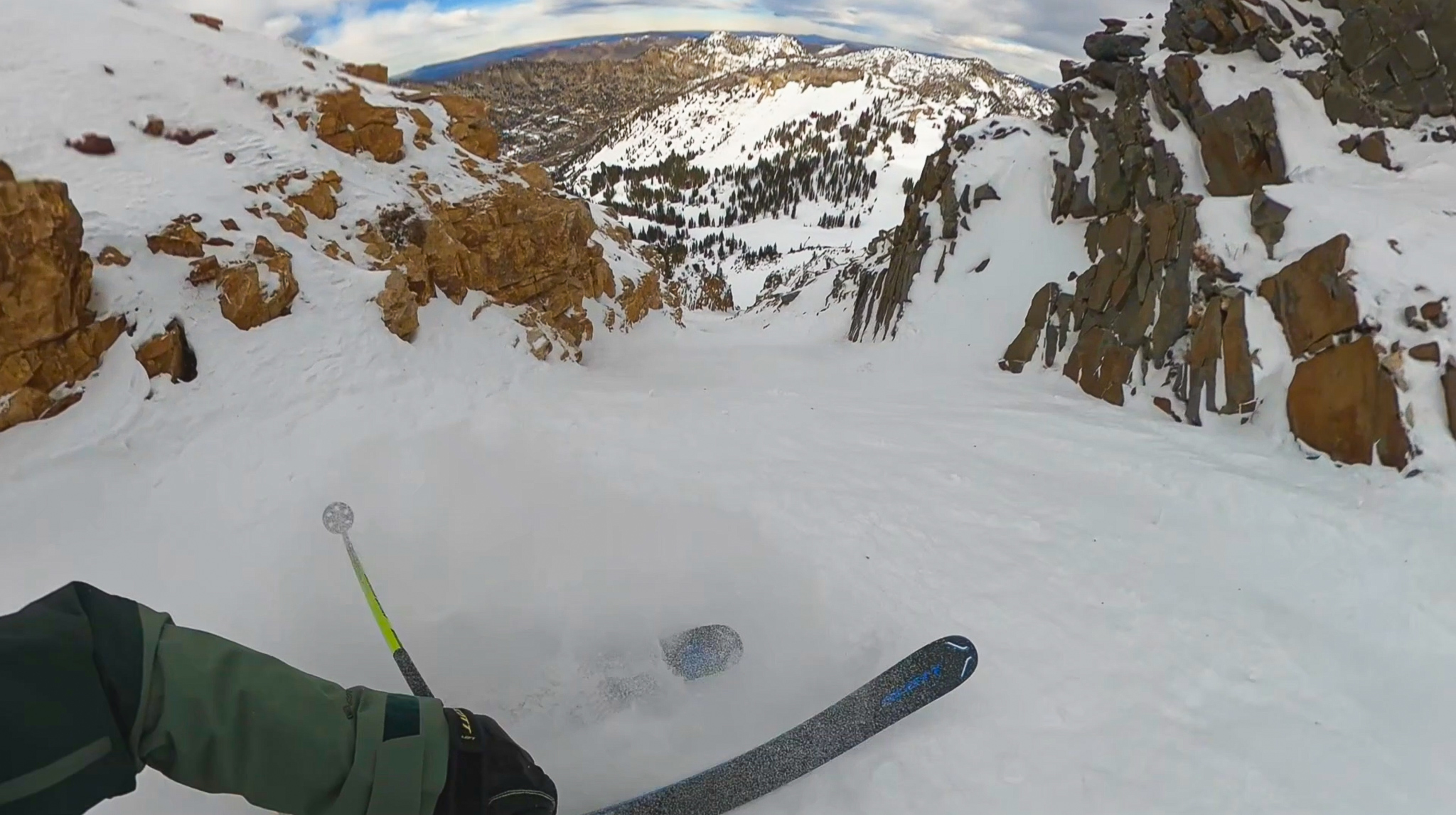
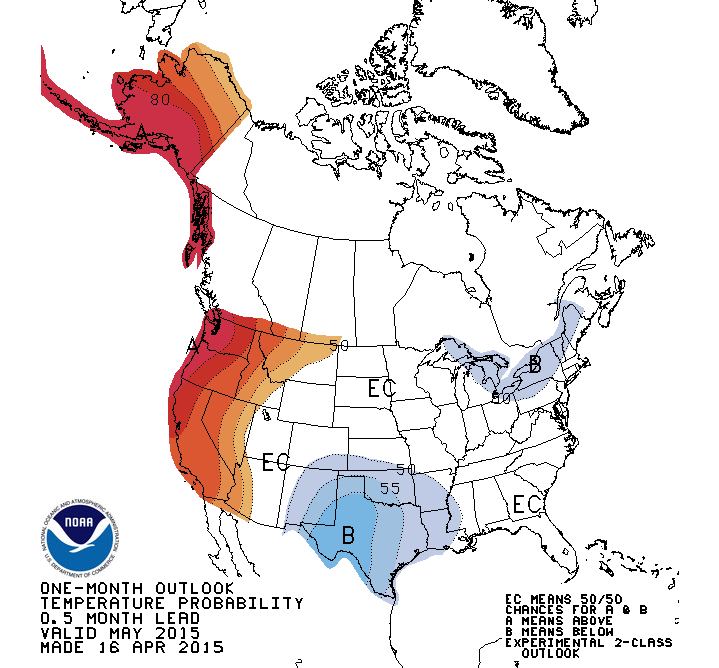
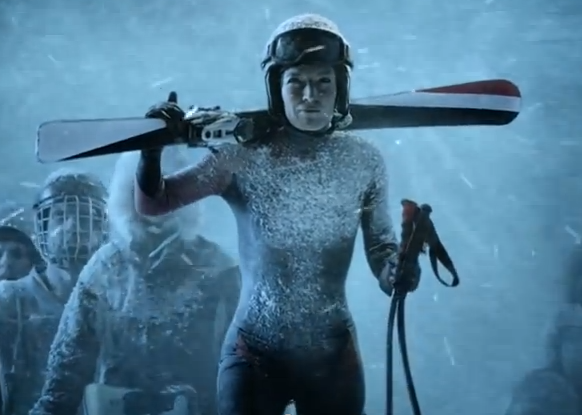
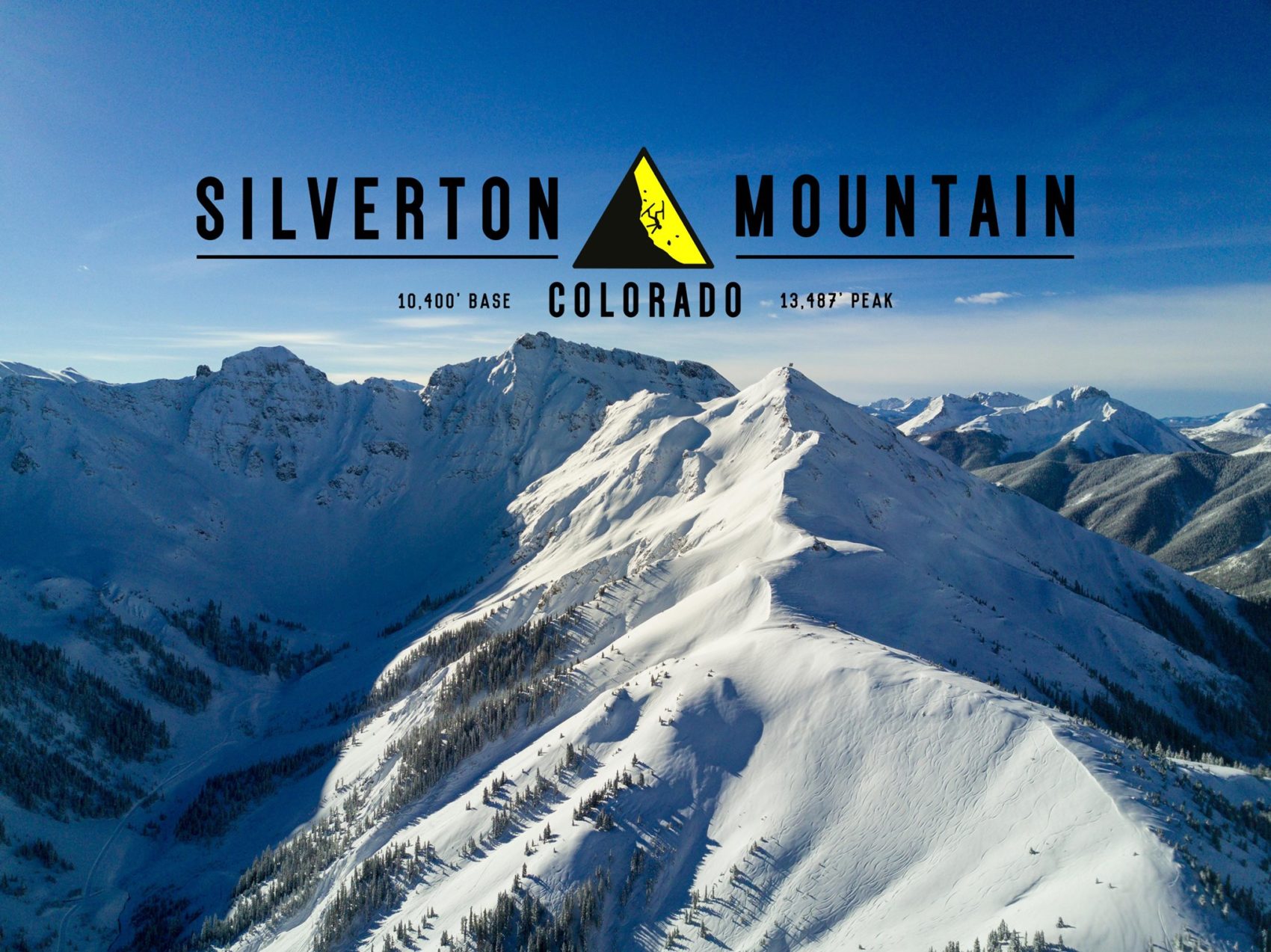
A great reminder that the mountains are beautiful but demand respect—solid tips that could save lives. Logomate
And do not think that winter is the only perilous time
Supplemental Baldi’s Basics Plus oxygen can also aid recovery
This was very helpful.
This is the kind of story that fuels every skier’s winter dreams!
Now that the piece is over, I can say with certainty that I like the subject
I like everything about it. It’s a nice thing to share a great story
Keep an eye on the forecast for your climb, and adjust your plans accordingly. If you’re looking for a stress-free ascent, make sure to check the regular updates and listen for the signals.
Nice post. Everyone will enjoy this blog, I’m convinced of it.
The state of the mountains is a joke any more. Advise about the mountains from a flatlander. It’d be like a goob from Kansas moving to the north shore and telling everyone about surfing. Ridiculous.
Are you saying that nothing on this list is valid?
This was very helpful.